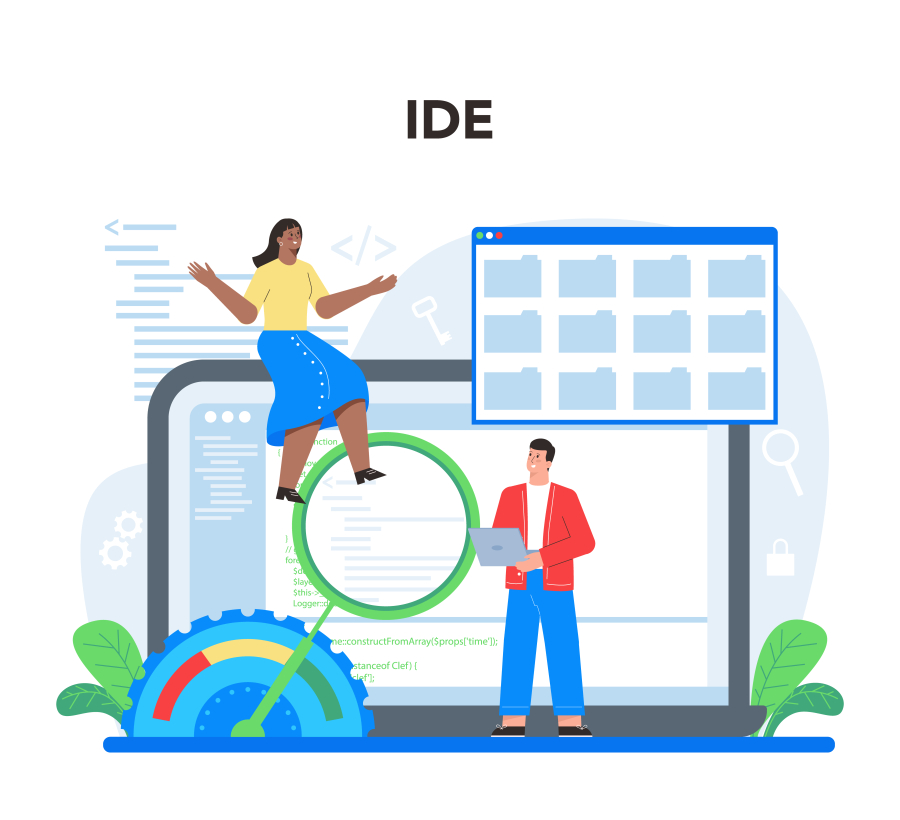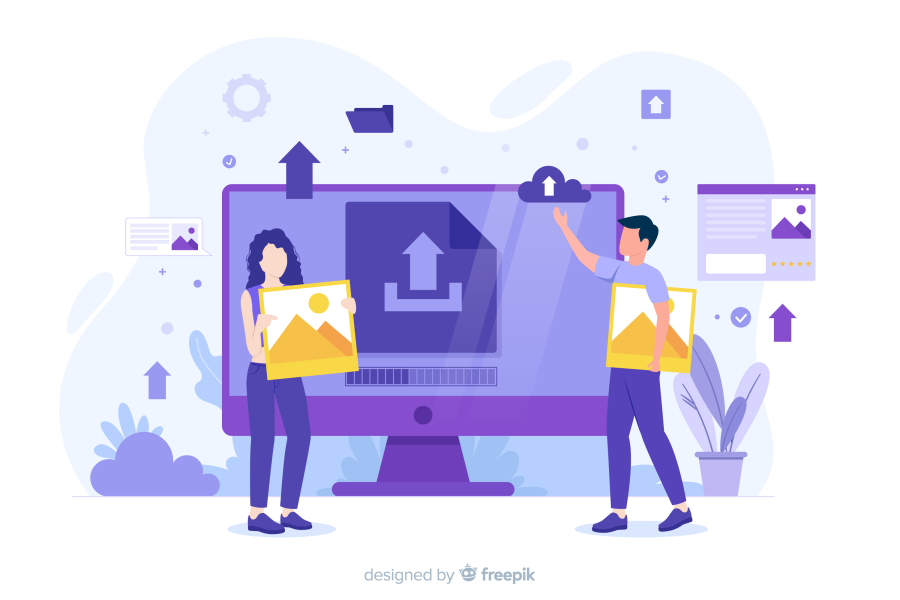How to Learn JavaScript as a Beginner Freelancer
In today’s digital economy, JavaScript is one of the most in-demand programming languages across freelancing platforms. Whether you're aiming to build dynamic websites, interactive applications, or simply improve your front-end development skills, JavaScript is the gateway. For beginner freelancers, learning JavaScript not only increases your job prospects but also builds a solid foundation for full-stack development.
This guide explores how to learn JavaScript effectively as a freelancer, the best resources to use, common mistakes to avoid, and how to start monetizing your skills in freelance markets.
Long Description: Complete Guide to Learning JavaScript as a Beginner Freelancer
1. Why JavaScript Is Essential for Freelancers
JavaScript is the backbone of interactive web development. Its wide adoption in both front-end and back-end (Node.js) environments makes it an ideal choice for freelancers who want flexibility, high demand, and a broad client base.
Key Reasons to Learn JavaScript:
Used by 98% of websites worldwide.
Powers modern web frameworks (React, Vue, Angular).
Enables both front-end and back-end development.
Offers freelance opportunities in web apps, games, and plugins.
2. Getting Started: What You Need to Know
Before diving into coding, you need to understand some fundamentals of programming and how JavaScript fits into the web development ecosystem.
Key Concepts to Learn First:
HTML and CSS Basics (Structure and Style)
JavaScript Syntax and Variables
Loops and Conditional Statements
Functions and Events
DOM Manipulation
Use simple browser tools like the Developer Console (in Chrome or Firefox) to start practicing live JavaScript code without needing a full IDE setup.
3. Best Resources to Learn JavaScript
Learning JavaScript doesn’t require expensive bootcamps. Plenty of free and paid resources cater to beginners:
Free Resources:
MDN Web Docs – Comprehensive reference for JavaScript documentation.
freeCodeCamp – Offers hands-on coding exercises.
JavaScript.info – In-depth beginner tutorials.
W3Schools – Quick tutorials and online editor.
Paid Options:
Udemy Courses like “The Complete JavaScript Course” by Jonas Schmedtmann.
Coursera/edX university-level structured programs.
Frontend Masters – Excellent for deep dives into JavaScript.
4. Building Projects While Learning
The best way to learn JavaScript is by building real-world projects. As a freelancer, this also helps you build a portfolio to attract clients.
Beginner Project Ideas:
A personal portfolio website
A to-do list app
A simple weather app using an API
A calculator
A timer or stopwatch
These projects will reinforce your skills in handling DOM events, logic, and interactivity.
5. Understanding JavaScript in the Freelance Context
Freelancers need to approach JavaScript not just as a language but as a tool for solving client problems. Learn how it integrates with tools and frameworks used in modern development.
Topics to Explore:
Responsive Design (Bootstrap + JS)
JS Frameworks (React, Vue, or Angular basics)
API Integration (Fetching data)
Git and Version Control
Code Optimization and Performance
As you grow, clients may request web apps, dashboards, landing pages, or feature updates, all requiring your JavaScript skills.
6. Common Mistakes Freelancers Make When Learning JavaScript
Avoid these pitfalls as a beginner:
Jumping into frameworks too early: Understand plain JavaScript (Vanilla JS) first.
Neglecting the DOM: DOM manipulation is core to web interactions.
Skipping coding practice: Watch tutorials and code alongside.
Not debugging: Learn to use browser DevTools and console logs.
Avoiding documentation: Make reading official docs a habit.
7. Setting Up a Productive Learning Environment
As a freelancer, your workspace can make a big difference in how effectively you learn.
Recommended Tools:
VS Code – Lightweight and powerful code editor.
Live Server Extension – For real-time browser preview.
Prettier + ESLint – For code formatting and error checking.
GitHub – Version control and portfolio hosting.
Create a GitHub repository for each project you build—it doubles as your portfolio and version control.
8. Monetizing JavaScript Skills on Freelance Platforms
Once you’re confident in basic projects, start exploring freelance job portals.
Best Platforms:
Upwork
Fiverr
Toptal
Freelancer.com
PeoplePerHour
Project Ideas to Look For:
Website fixes and enhancements
Landing page development
Custom form validations
Basic web app development
Bug fixing and JS code review
Price yourself competitively at the start and build reviews by delivering quality code and communication.
9. Expanding Beyond Basics
After mastering the basics of JavaScript, expand your skill set to stay relevant and competitive.
Advanced Topics:
JavaScript ES6+ Features (let/const, arrow functions, promises)
Asynchronous JavaScript (Async/Await)
JavaScript Frameworks (React or Vue)
Backend JavaScript (Node.js + Express)
Full-stack Projects (MERN Stack: MongoDB, Express, React, Node)
This helps you transition from small jobs to larger freelance projects and even long-term contracts.
10. Final Tips for Success
Practice daily for consistency.
Follow freelance dev communities on Reddit, Discord, or GitHub.
Write blog posts or document what you learn.
Continuously update your portfolio.
Ask for testimonials from satisfied freelance clients.
Conclusion: Your JavaScript Journey as a Freelancer
JavaScript is not just another language—it’s a gateway to powerful freelance opportunities. Whether you're starting from scratch or switching from another tech background, learning JavaScript opens the doors to a wide range of freelance projects. Stick to a structured learning path, build projects, avoid shortcuts, and apply your skills to real-world freelance work. In time, you’ll grow from a beginner to a highly sought-after JavaScript freelancer.


 by Emily
by Emily




